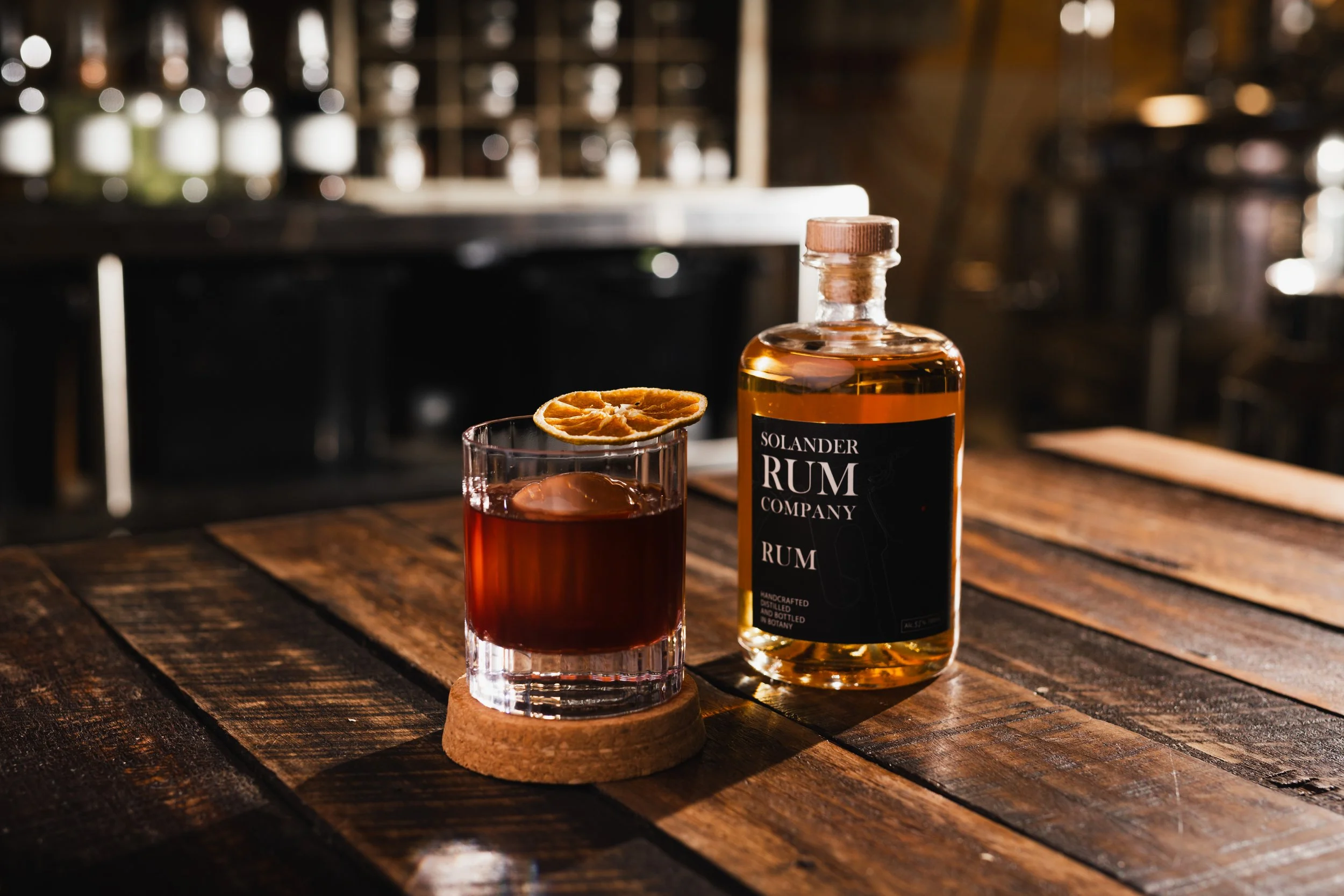
Cocktail Families - Old Fashioned
Every cocktail is basically just another cocktail, with a few tweaks. The world of cocktails and mixology starts to make so much more sense when you start thinking of cocktails as being in 'families' rather than just 'so many different individual cocktails.'
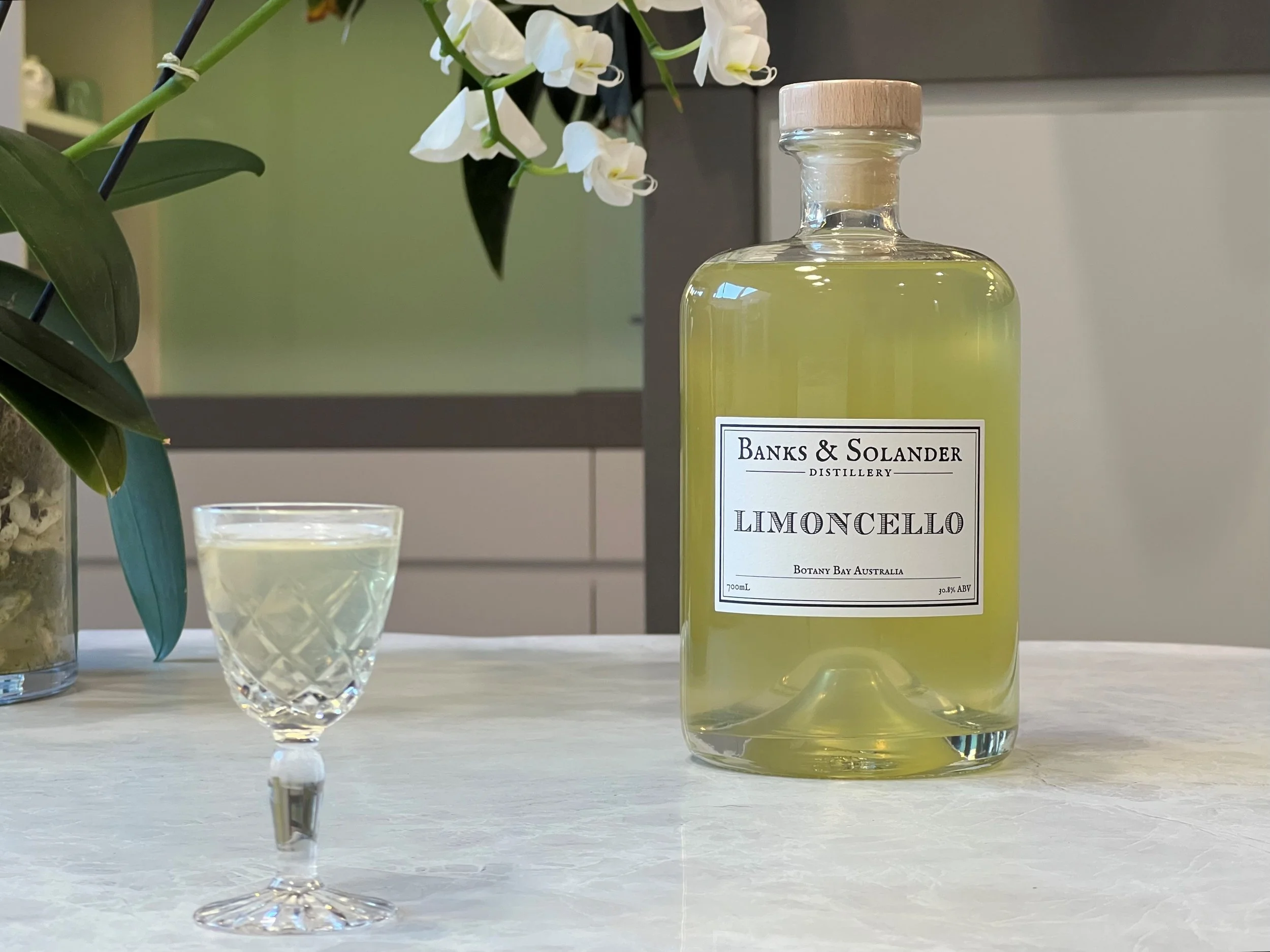
Limoncello vs. Gin: What’s the Real Difference?
One question we get a lot is, “Is limoncello a type of gin?” The short answer is no, and there are quite a few reasons why!

The Art of Garnishing: Elevate Your Drinks!
A great garnish does more than just make your drink look good—it enhances the flavours, complements the botanicals, and elevates the entire drinking experience. Just like choosing the right tonic, soda, or mixer, selecting the perfect garnish is key to crafting a well-balanced cocktail.
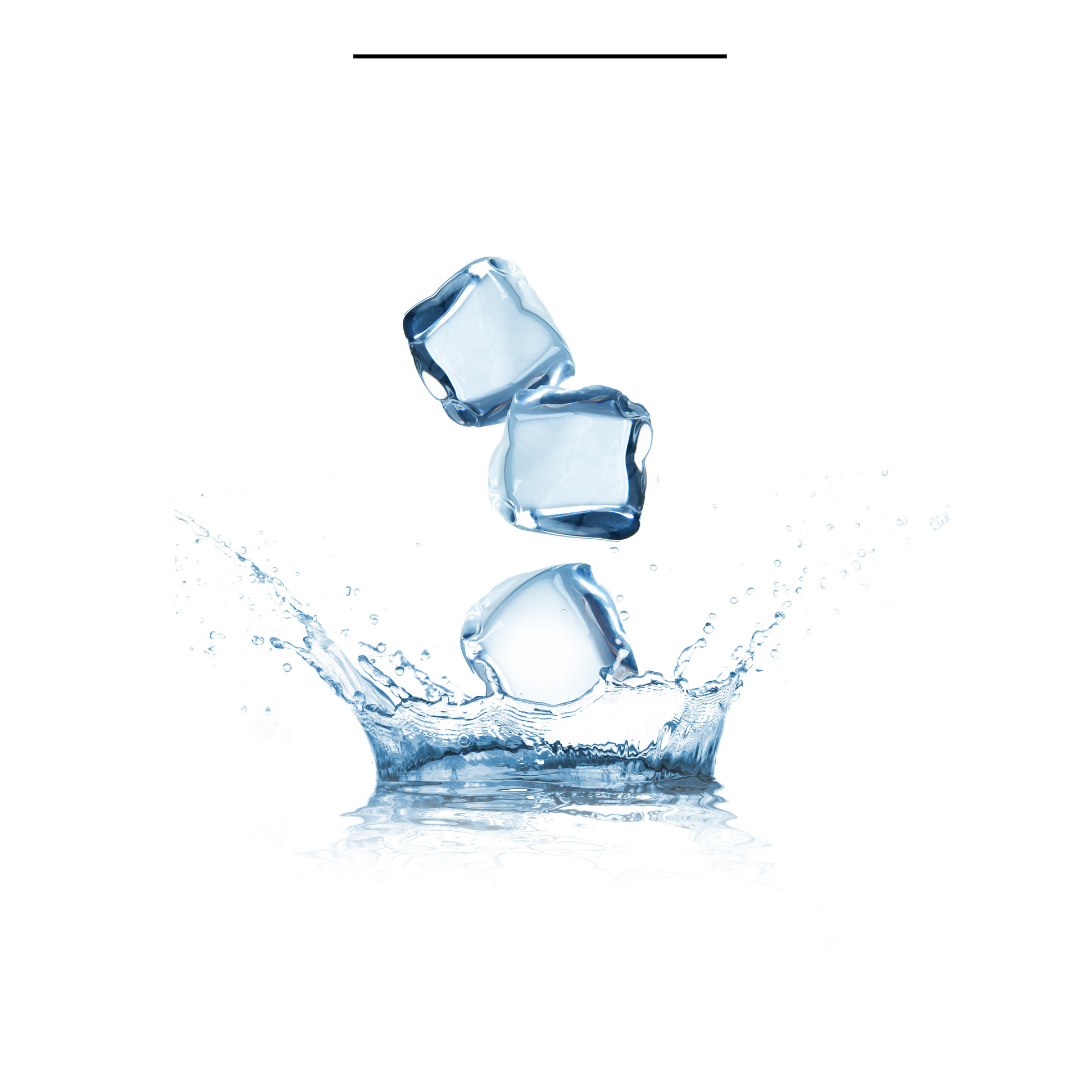
How to know if the ice is right?
There's one key ingredient that is in almost every single cocktail you've ever had, yet no one really pays attention to it….
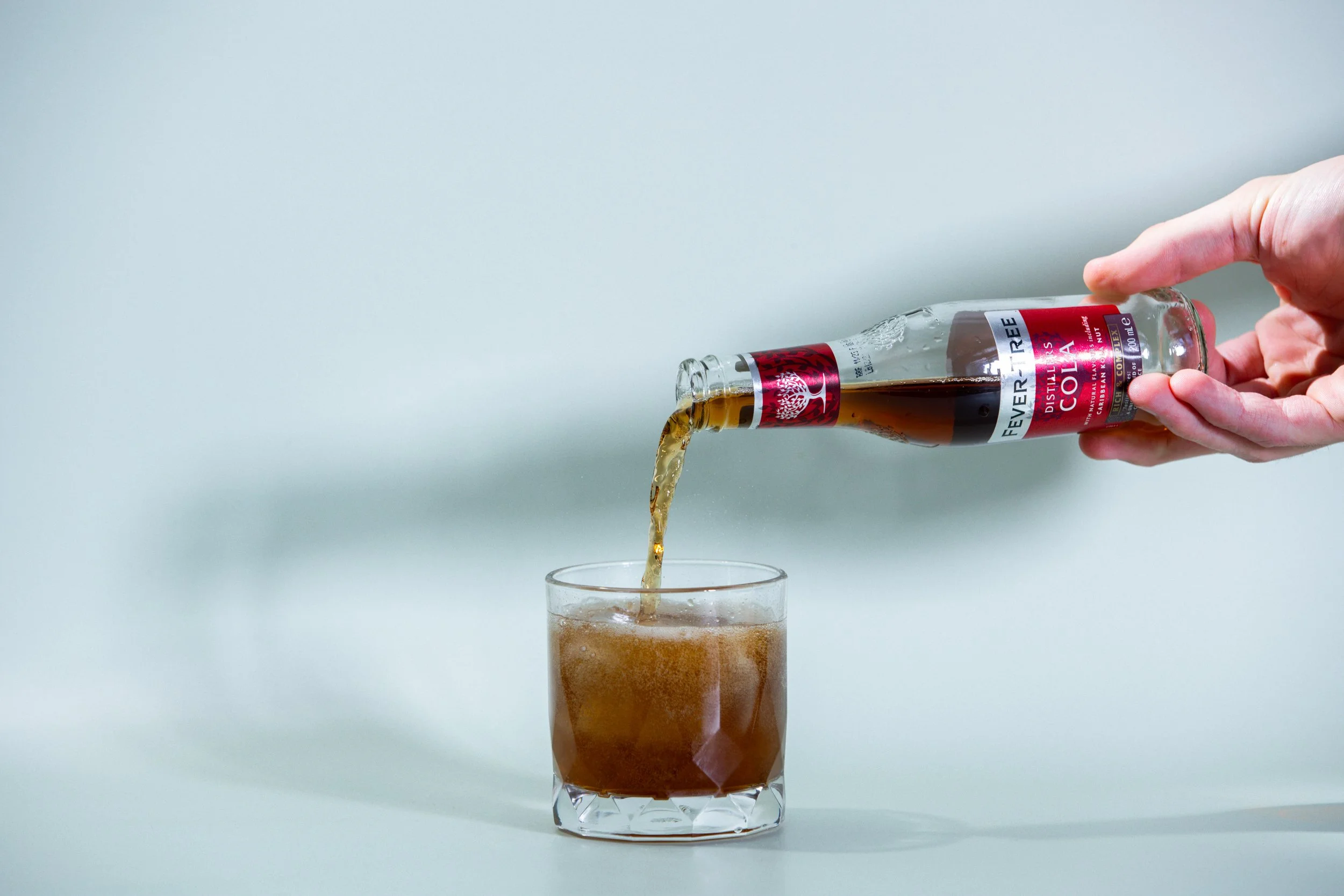
Cocktail Families- Highball
The world of cocktails and mixology starts making so much more sense when you start thinking of cocktails as being in 'families' rather than just 'so many different individual cocktails.'
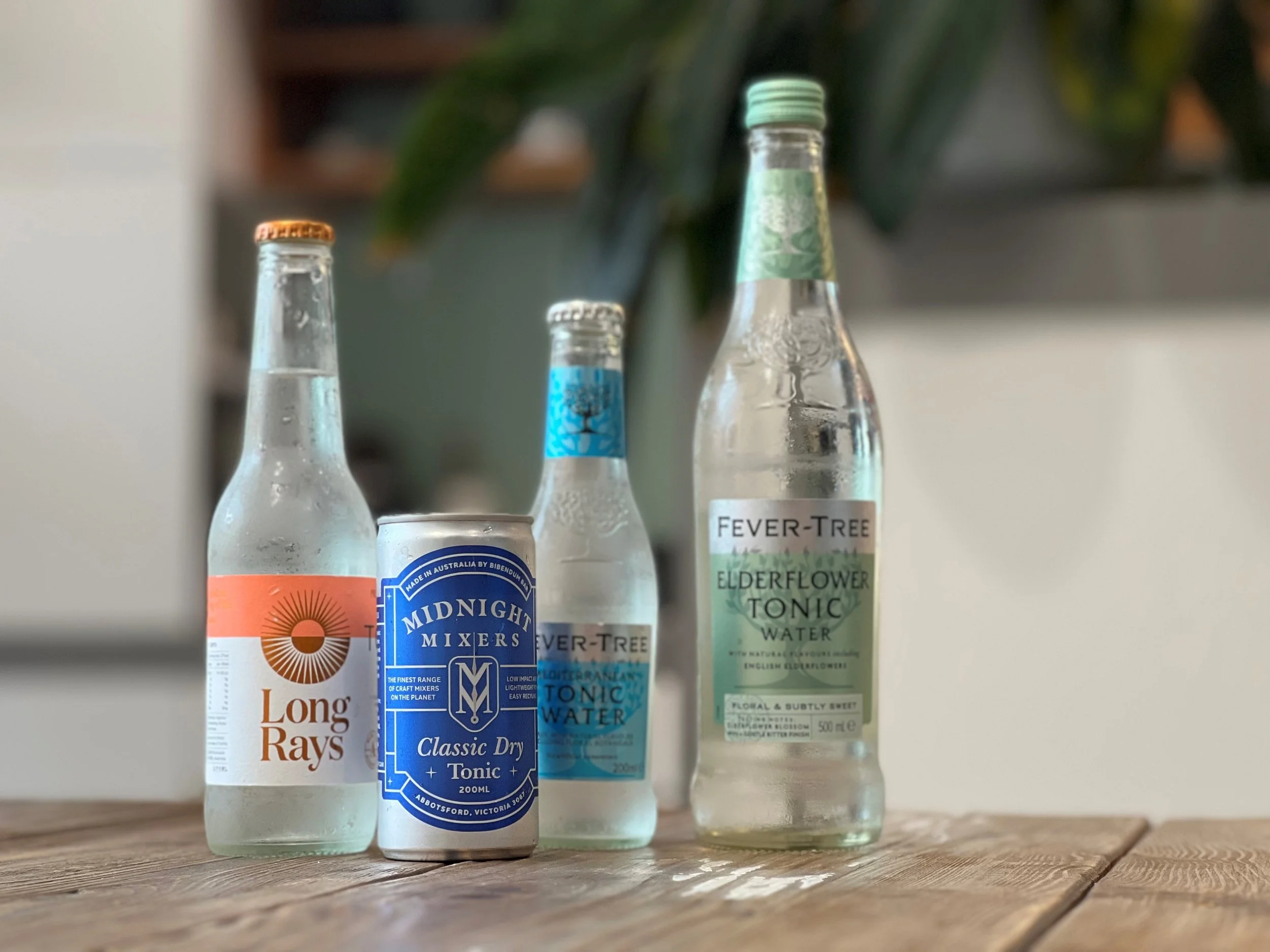
Perfect Pairings: Why Choosing the Right Tonic Matters for Your Gin.
When it comes to a gin & tonic, we all know gin is the star of the show. But every leading role needs a perfect co-star, and for gin, that’s tonic water. While it might seem like any tonic will do, the truth is that your choice can either elevate your gin to new heights or completely overwhelm it.

Banksia Leaves artwork by Natalie Ryan
The Beautiful Banksia leaves artwork created by Natalie Ryan.
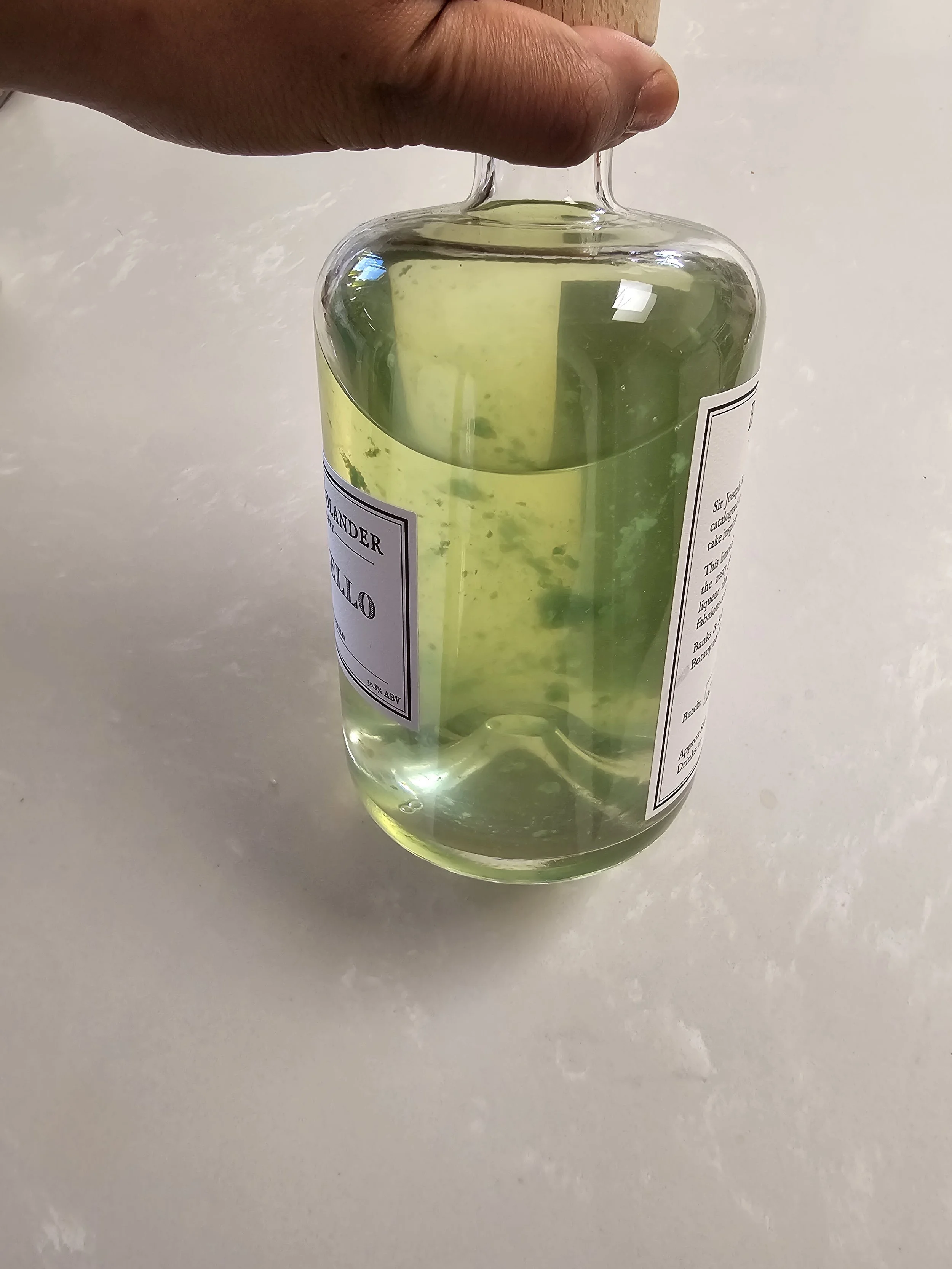
Understanding Cloudiness and Flocculation in Limoncello.
So, you bought a bottle of Banks & Solander Limoncello or Limecello and overtime you notice murky or cloudy particulates clumping together in the liquid. “Oh no! I’ve received a contaminated batch!” you gasp and immediately go to throw it away or write to us in a panic. However, you don’t need to be alarmed. The batch has not been contaminated, algae is not growing in your bottle, and you don’t need to worry about being poisoned by this. What you are seeing is a phenomenon called Flocculation.
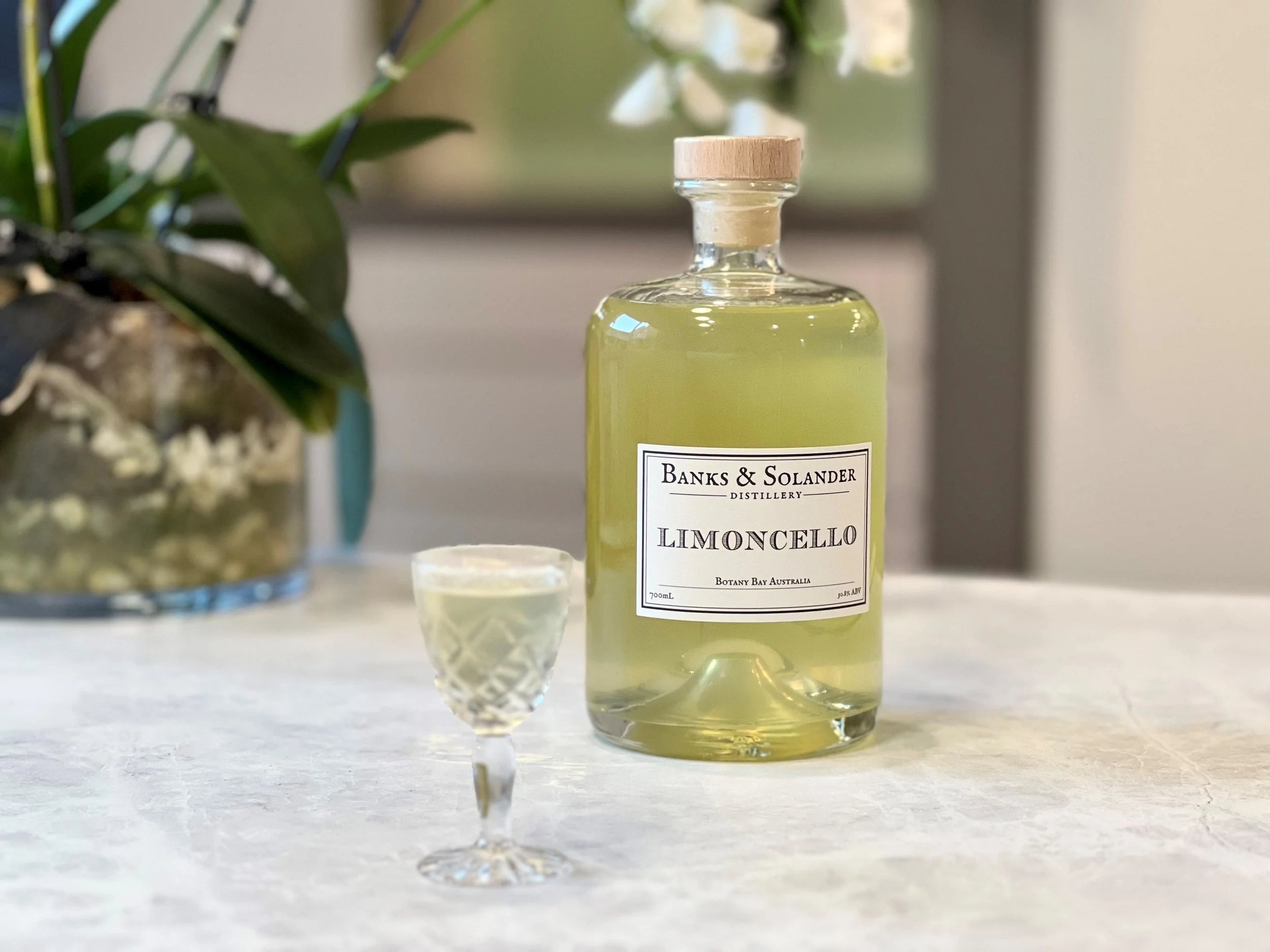
What is Limoncello?
A question we get asked a lot by people who try Limoncello for the first time is “So what exactly is Limoncello and how do you serve it?”
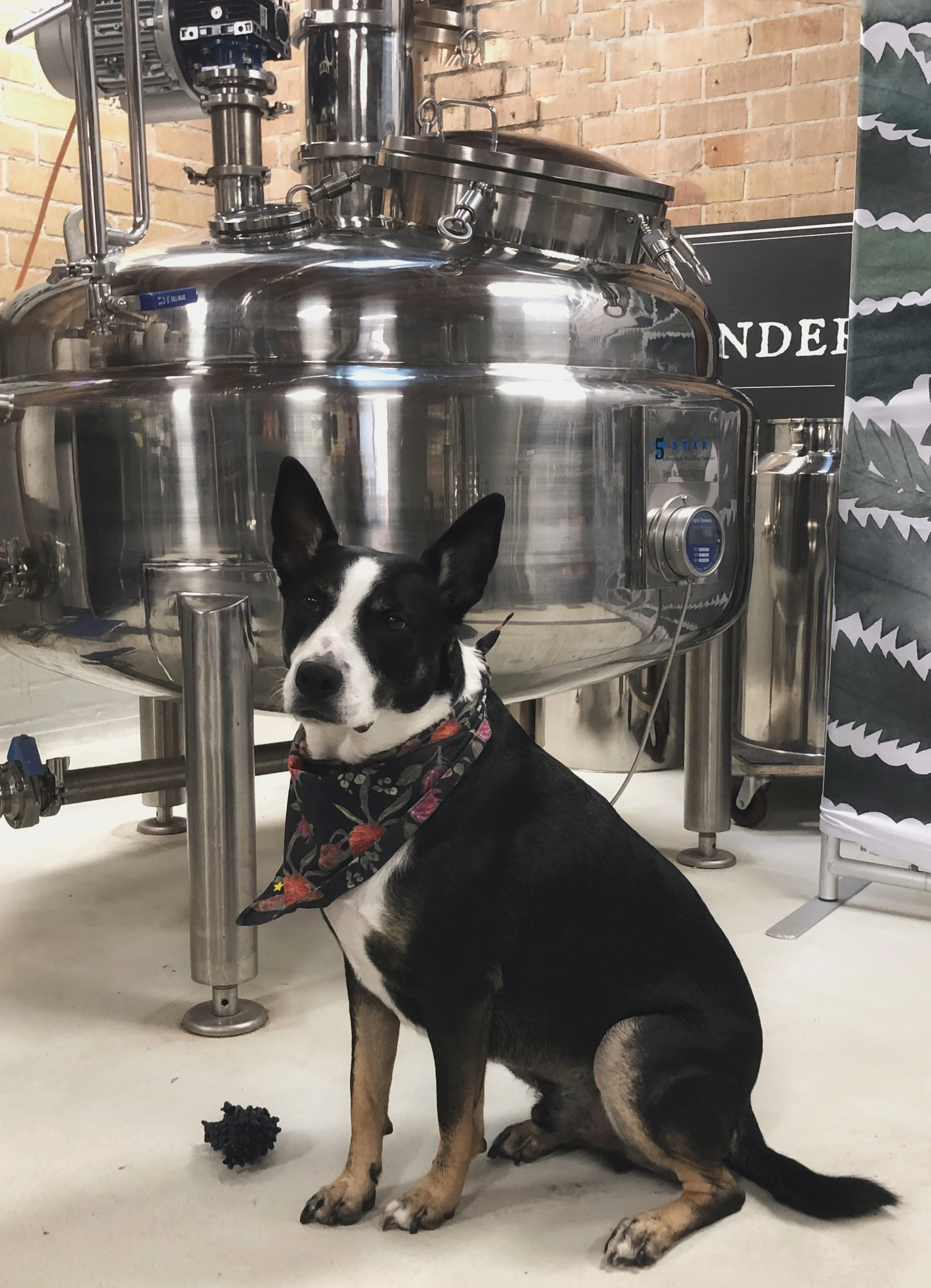
Introducing Lady Banks, our 500L spirits still.
After much deliberation we have finally decided on a name for our 500L spirits still- Lady Banks.
